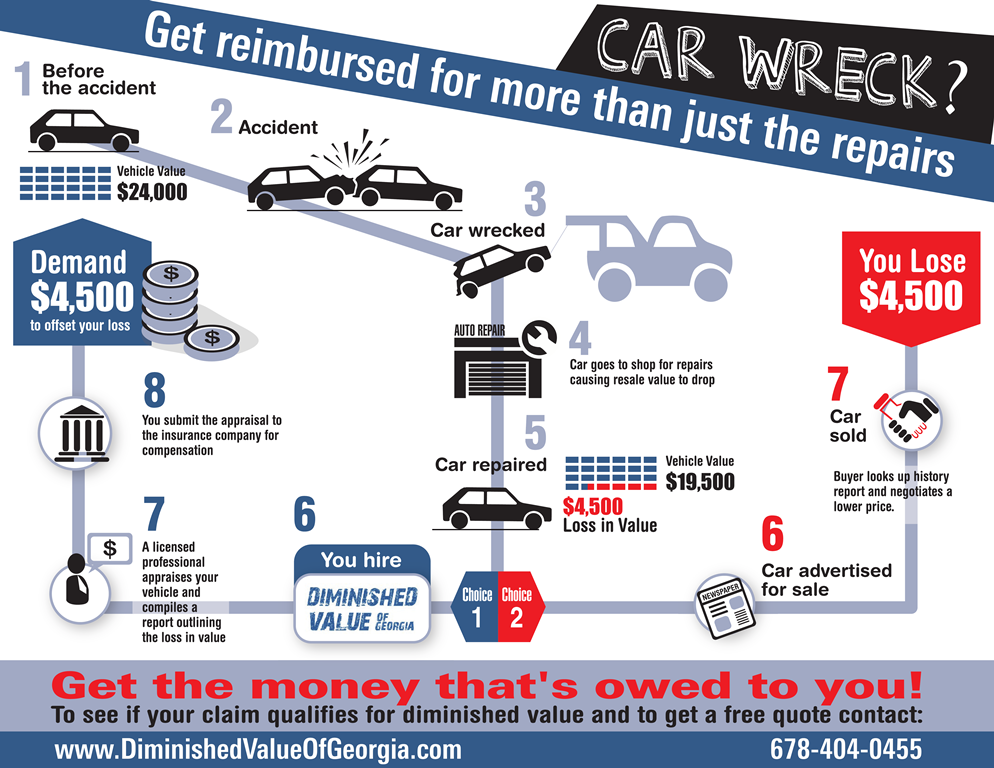Looking For Clearness On The Warning Lights Displayed On Your Car'S Control Panel? Discover Exactly How They Relate To Your Lorry'S Health And Wellness
Looking For Clearness On The Warning Lights Displayed On Your Car'S Control Panel? Discover Exactly How They Relate To Your Lorry'S Health And Wellness
Blog Article
Content Author-Termansen Shepherd
When you lag the wheel, those beautiful caution lights on your control panel can be a little bit complicated. Do you recognize what they're attempting to tell you concerning your automobile's wellness? Understanding the significance of these lights is essential for your security and the longevity of your car. So, the next time one of those lights appears, wouldn't you want to decode its message accurately and take the needed actions to resolve it?
Common Caution Lights and Interpretations
Determine typical caution lights in your cars and truck and understand their significances to make sure safe driving.
The most typical caution lights consist of the check engine light, which signals concerns with the engine or discharges system. If this light comes on, it's critical to have your vehicle examined immediately.
The oil stress alerting light indicates reduced oil stress, requiring prompt attention to prevent engine damages.
A flashing battery light may recommend a malfunctioning charging system, potentially leaving you stranded otherwise dealt with.
The tire pressure monitoring system (TPMS) light notifies you to low tire stress, influencing vehicle security and fuel performance. Disregarding this can lead to harmful driving conditions.
The abdominal muscle light shows a trouble with the anti-lock stopping system, endangering your ability to stop quickly in emergencies.
Lastly, the coolant temperature level cautioning light warns of engine overheating, which can result in severe damages if not dealt with quickly.
Understanding these common caution lights will certainly help you attend to problems promptly and keep risk-free driving conditions.
Significance of Prompt Attention
Understanding the usual caution lights in your vehicle is just the primary step; the significance of without delay attending to these cautions can not be stressed sufficient to guarantee your safety and security when traveling.
When a warning light brightens on your dashboard, it's your automobile's method of interacting a potential issue that needs interest. Neglecting these cautions can bring about more severe troubles later on, compromising your security and possibly costing you a lot more out of commission.
Motivate attention to warning lights can avoid failures and mishaps. For instance, a blinking check engine light could indicate a misfire that, if left unattended, could create damages to the catalytic converter. Resolving this without delay can conserve you from a costly repair work.
Similarly, a brake system advising light could indicate reduced brake liquid or worn brake pads, crucial elements for your safety when driving.
Do It Yourself Troubleshooting Tips
If you see a caution light on your control panel, there are a couple of DIY fixing suggestions you can attempt before seeking specialist assistance.
The initial step is to consult your auto's guidebook to comprehend what the specific warning light suggests. Often the problem can be as simple as a loosened gas cap triggering the check engine light. Tightening up the gas cap might settle the problem.
professional detailing near me is a reduced battery, which can trigger numerous advising lights. Checking https://ecu-remapping40627.blogitright.com/32220463/learn-exactly-how-green-cars-and-truck-outlining-items-can-elevate-your-automobile-s-sparkle-while-protecting-the-world-discover-the-lasting-alternatives-waiting-on-you for rust and ensuring they're protected may take care of the issue.
If a warning light continues, you can try resetting it by separating the auto's battery for a couple of minutes and after that reconnecting it. Additionally, checking your lorry's fluid levels, such as oil, coolant, and brake liquid, can help troubleshoot alerting lights related to these systems.
Verdict
To conclude, comprehending your vehicle's warning lights is necessary for maintaining your vehicle running efficiently and safely. By quickly addressing these alerts and recognizing what they mean, you can avoid pricey repair work and possible breakdowns.
Remember to consult your vehicle's handbook for certain details on each cautioning light and take action as necessary to make certain a trouble-free driving experience.
Stay educated, remain secure on the road!
